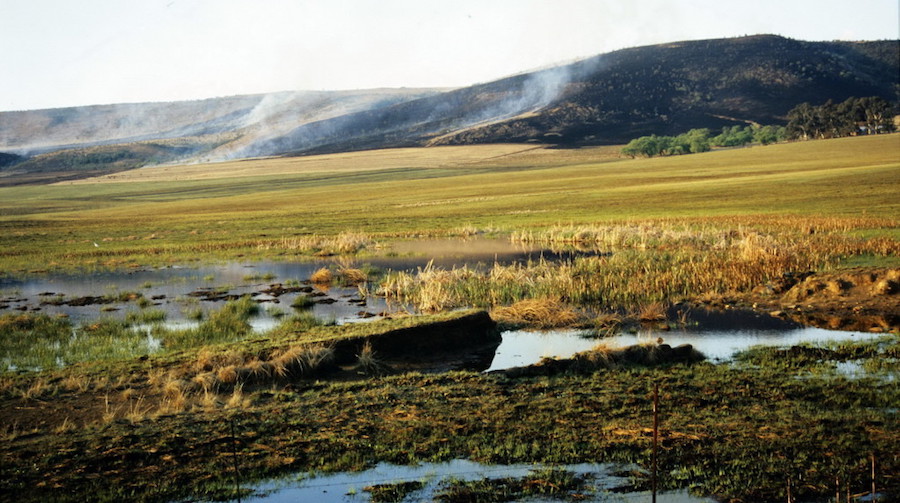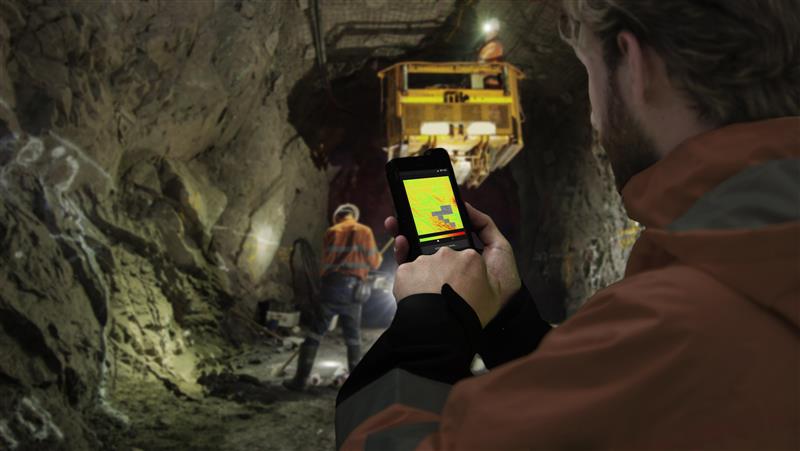Controversy surrounds South African coal mine

Atha-Africa Ventures’ Yzermyn project, a 2.26Mt/year export underground coal mine in the Mpumalanga province, is creating controversy between the South African government and environmental activists.
The Indian company has secured a mining right, an environmental authorisation, and an integrated water-use licence. The only step missing to kick-start operations is the approval the project needs from the Ministry of Environmental Affairs.
The problem is that the mine sits in the Mabola protected area, declared as such in 2014. Three major rivers, the Vaal, the Tugela and the Pongola, converge there. Thus, the place is one of the top five sources of water for the region.
According to a lengthy report published by the Pulitzer Center on Crisis Reporting, a water use licence for Yzermyn was granted by the Department of Water and Sanitation in July. This means that the mine can use 56,554 cubic metres of water a year from local wells. The permit also allows for dewatering the mining void and pumping some treated effluent directly into wetlands.
The permit was issued in a moment when different cities across the country, but particularly Tshwane‚ Johannesburg, and Ekurhuleni, are enduring a severe drought that has led to water restrictions.
Despite the fact that Mabola is a protected area, the mine could get the go-ahead because the Protected Areas Act allows the development of mining projects that have obtained written permission of the ministers of environment and of mineral resources.
Just eight months after Mabola was declared a protected area, the minister of mineral resources greenlighted Atha-Africa’s project. The mining permit was later amended in April of 2015.
The PCCR reports that eight concerned NGOs have appealed against such mining right, stating that mining should not be allowed in sensitive wetlands. A supplementary affidavit was filed in early August, and they expect to be back in court in the first quarter of 2017.
The same group has also appealed the granting of the environmental authorisation on the grounds that neither the authorisation, nor the environmental impact assessment on which it was based, accounted for all the potential impacts of the mine.
But the company says its social, labour, and environmental studies have been closely scrutinised, and some of them were actually re-submitted to address certain areas of concern. After committing to 249 mitigation measures, the Indian miner secured mining and environmental permissions.
In spite of Atha-Africa’s assurances, activists remain worried. “The precedent that can be set by the allowance of this kind of activity within a protected environment opens up, I believe, a floodgate of opportunities for any mining company to challenge protected environments,” Angus Burns, senior manager for the Land and Biodiversity Stewardship Programme at WWF-SA, told PCCR.
More News
Study confirms drop-in electrode technology enables 10 minute EV charging at -10°C
April 14, 2025 | 04:06 pm
Newmont deploys Ericsson private 5G at Australia’s largest underground mine
April 14, 2025 | 01:20 pm
{{ commodity.name }}
{{ post.title }}
{{ post.date }}





Comments